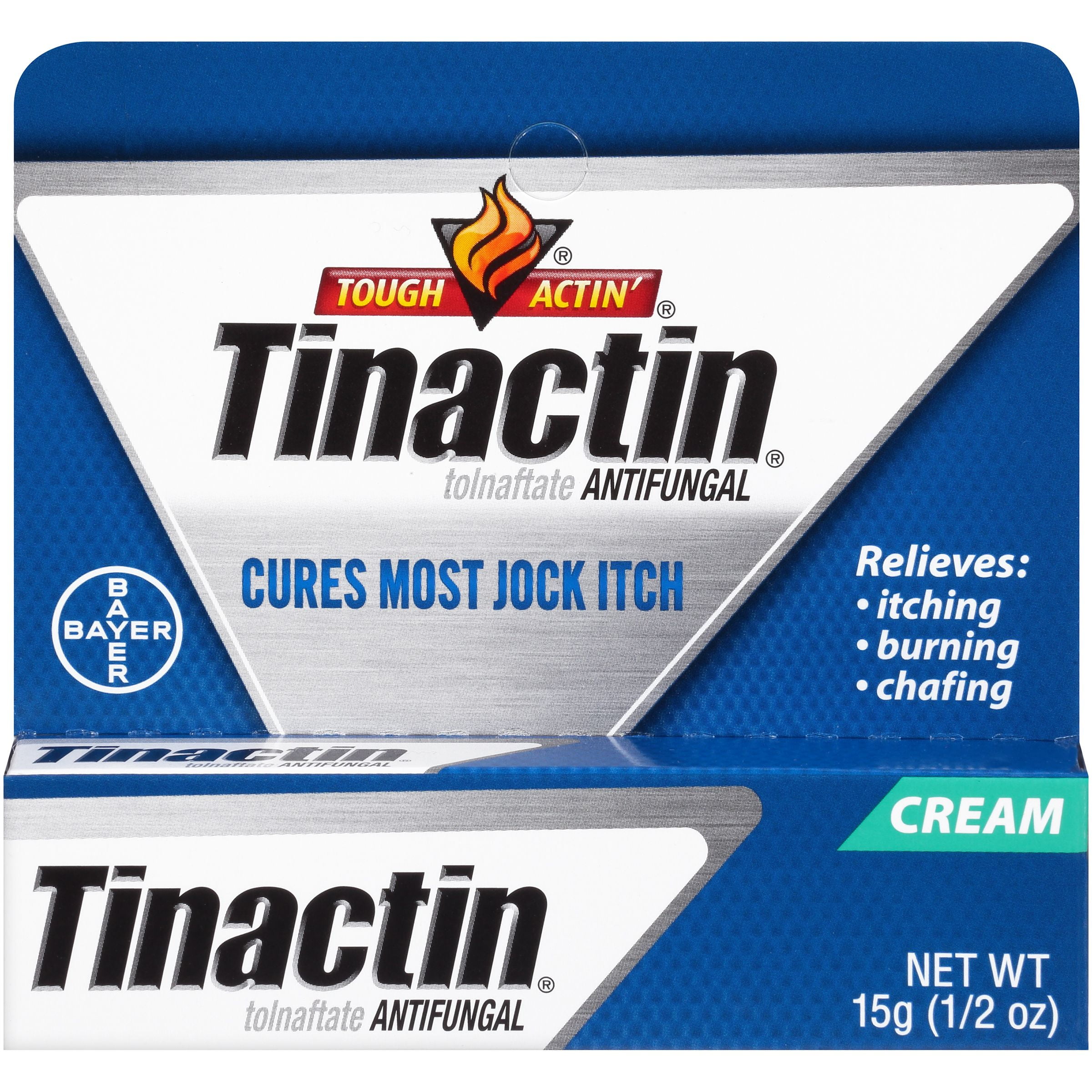
The crowns of seedling trees are usually clipped (similar to rabbit damage) and discarded along with other woody portions of the plant.įigure 4. Trees girdled by nutria often have no tooth marks, and bark may be peeled from the trunk. Additionally, each dropping usually has deep, parallel grooves along its entire length (Fig. These are dark green to almost black in color, cylindrical, and approximately 2 inches (5 cm) long and 1/2 inch (1.3 cm) in diameter. 3).ĭroppings may be found floating in the water, along trails, or at feeding sites. A drag mark left by the tail may be evident between the footprints (Fig.
#NUTRIA ITCH TREATMENT FREE#
The hind foot, which is about 5 inches (13 cm) long, has four webbed toes and a free outer toe. Crawl-outs, slides, trails, and the exposed entrances to burrows often have tracks that can be used to identify the species. Onsite observations of animals and their burrows are the best indicators of the presence of nutria.

Therefore, careful examination of sign left at the damage site is necessary to identify the responsible species. The ranges of nutria, beavers, and muskrats overlap in many areas and damage caused by each may be similar in appearance.


The adult hind foot is approximately 5 inches (12.7 cm) long. Note unwebbed outer toe on the hind foot and the tail drag mark between the tracks. The threat of disease may be an important consideration in some situations, such as when livestock drink from water contaminated by nutria feces and urine.įigure 3. They may also host a number of parasites, including the nematodes and blood flukes that cause “swimmer’s-itch” or “nutria-itch” ( Strongyloides myopotami and Schistosoma mansoni), the protozoan responsible for giardiasis ( Giardia lamblia), tapeworms ( Taenia spp.), and common liver flukes ( Fasciola hepatica). The role of nutria, however, in the spread of diseases such as equine encephalomyelitis, leptospirosis, hemorrhagic septicemia ( Pasteurellosis), paratyphoid, and salmonellosis is not well documented. Nutria can be infected with several pathogens and parasites that can be transmitted to humans, livestock, and pets. Nutria are fond of grassy arrowhead ( Sagittaria platyphylla) tubers and may destroy stands propagated as food for waterfowl in artificial impoundments. Overutilization of emergent marsh plants can damage stands of desirable vegetation used by other wildlife species and aggravate coastal erosion problems by destroying vegetation that holds marsh soils together. In Louisiana, nutria often feed on seedling baldcypress and can cause the complete failure of planted or naturally-regenerated stands. Nutria also gnaw on styrofoam floats used to mark the location of traps in commercial crawfish ponds.Īt high densities and under certain adverse environmental conditions, foraging nutria can significantly impact natural plant communities. Gnawing damage to wooden structures is common. They also dig up lawns and golf courses when feeding on the tender roots and shoots of sod grasses. Nutria girdle fruit, nut, and shade trees and ornamental shrubs. Other crops that have been damaged include corn, milo (grain sorghum), sugar and table beets, alfalfa, wheat, barley, oats, peanuts, various melons, and a variety of vegetables from home gardens and truck farms. Often only the basal internodes of cut plants are eaten. Sugarcane stalks are often gnawed or cut during the growing season. Grazing on rice plants can significantly reduce yields, and damage can be locally severe. In the United States, sugarcane and rice are the primary crops damaged by nutria. Nutria depredation on crops is well documented. Rain and wave action can wash out and enlarge collapsed burrows and compound the damage.

Burrows can weaken roadbeds, stream banks, dams, and dikes, which may collapse when the soil is saturated by rain or high water, or when subjected to the weight of heavy objects on the surface (such as vehicles, farm machinery, or grazing livestock). They may burrow under buildings, which may lead to uneven settling or failure of the foundations. Nutria sometimes burrow into the styrofoam flotation under boat docks and wharves, causing these structures to lean and sink. In some cases, tunneling in these levees is so extensive that water will flow unobstructed from one side to the other, necessitating their complete reconstruction. Additionally, nutria burrows sometimes weaken flood control levees that protect low-lying areas. Nutria are notorious in Louisiana and Texas for undermining and breaking through water-retaining levees in flooded fields used to produce rice and crawfish. The numerous natural and human-made waterways that traverse this area are used extensively for travel by nutria.īurrowing is the most commonly reported damage caused by nutria. In the United States, most damage occurs along the Gulf Coast of Louisiana and Texas. Most damage is from feeding or burrowing. Nutria damage has been observed throughout their range.


 0 kommentar(er)
0 kommentar(er)
